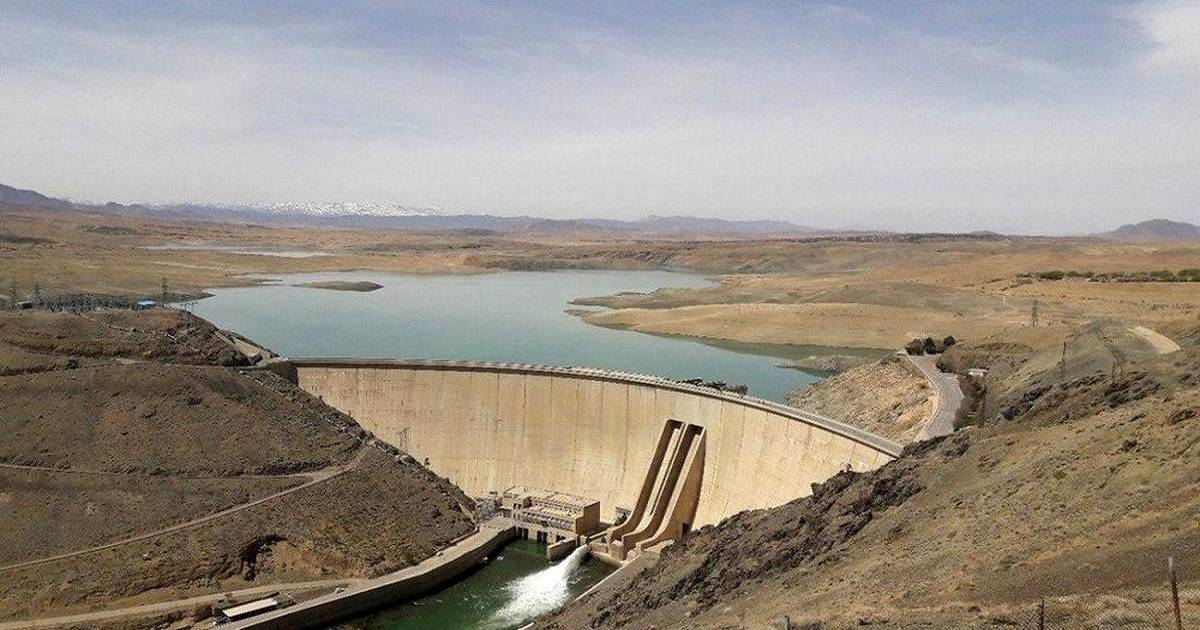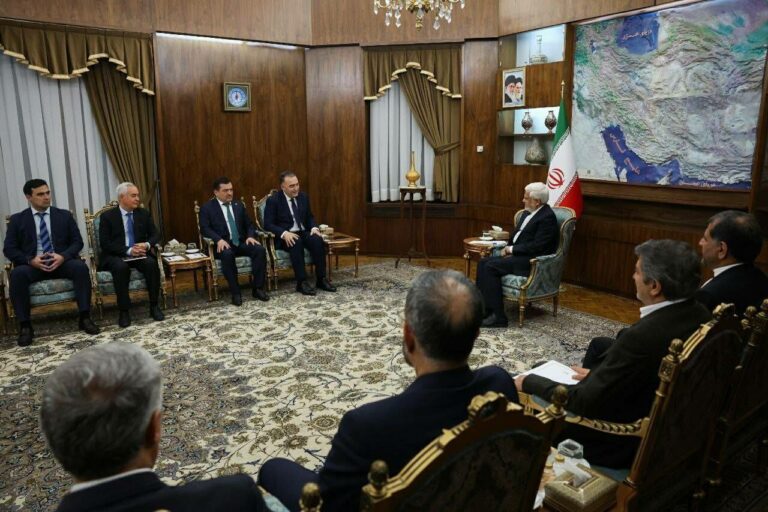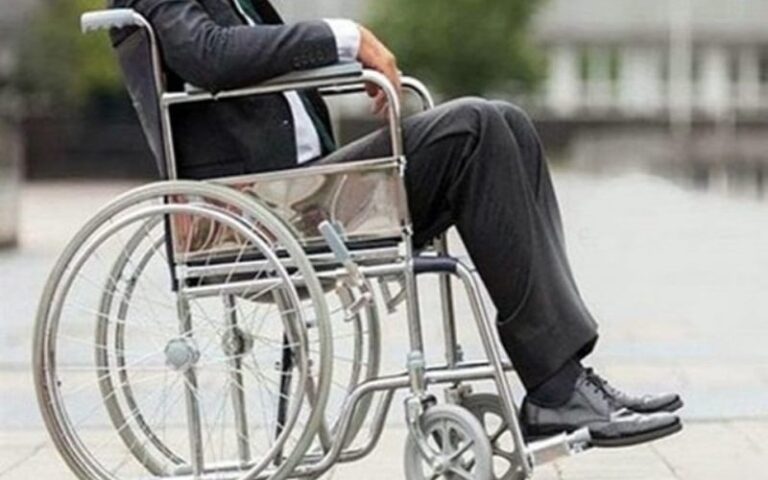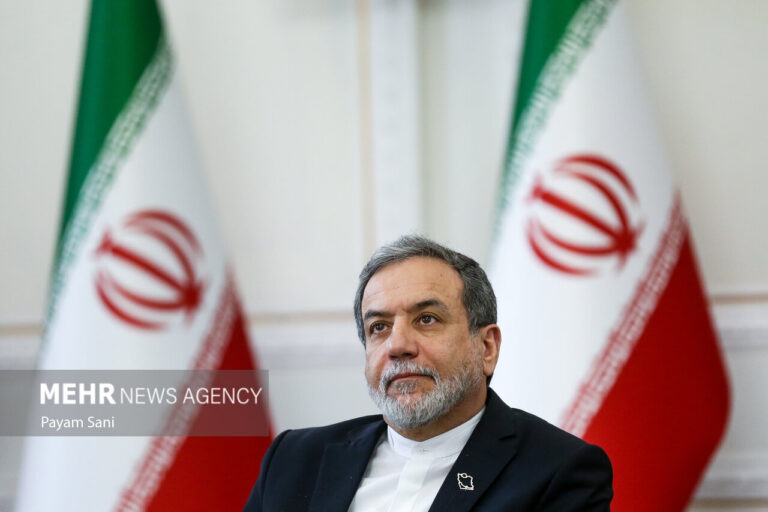Iran’s President Issues Stark Warning of ‘God’s Wrath’ Amid Urgent Water Crisis in Tehran
Iranian President Masoud Pezeshkian has delivered a stark warning about the alarming water shortage and land subsidence issues facing Tehran. He described the situation as a manifestation of God’s wrath and called for immediate collaborative actions among officials and experts to address these pressing challenges.
During a recent meeting of the Tehran Province Planning and Development Council, Pezeshkian underscored the critical imbalance between water resources and consumption in the capital city. He stated, “The imbalance between resources and consumption is God’s wrath because we have ruined God’s blessing.” This statement reflects the dire state of groundwater reserves, which are alarmingly depleted, and a significant 36-centimeter land subsidence recorded in Varamin, located southeast of Tehran province.
Pezeshkian emphasized the urgency of the current situation, drawing comparisons to international standards. “This statistic is very dangerous, while outside Iran when there are 2-3 centimeters of subsidence, they hold emergency meetings,” he remarked. “The danger is at Tehran’s doorstep.” His comments highlight the critical need for swift action to mitigate the potential impact of these environmental challenges.
The Iranian President called for a unified effort to tackle Tehran’s multifaceted challenges, which include:
- Education
- Infrastructure
- Water Management
Pezeshkian stated, “The problems of education, road and water development must be solved.” His call to action reflects a growing concern over the state of Iran’s water reserves, which have fallen to alarming levels. This decline has accelerated the risk of water shortages, prompting officials to consider rationing even before peak summer demand.
Tehran’s water supply is under immense strain, with key dams experiencing historically low water levels, exacerbating a nationwide drought. The capacities of major dams are concerning:
- Latian Dam: 12%
- Mamlou Dam: 12%
- Lar Dam: 1%
- Karaj Dam: 7%
Nationwide, rainfall has been recorded at only 82.9% of normal levels, and dam inflow has dwindled to a mere 42%. In light of these conditions, officials have urged a 20% reduction in water usage, as 19 provinces face significant water stress.
In a recent report by the Ham-Mihan newspaper regarding the state of stored water behind dams, the situation has been described as so critical that water shortages and rationing are expected to occur earlier than summer. The report emphasized that the state of Tehran’s water resources has reached a crisis level unprecedented in recent years.
Last Friday, Tehran’s water and wastewater company, Abfa, reported a surge in water consumption, which spiked by 20%, reaching a record 48,000 liters per second. Officials attributed this increase to preparations for the Iranian New Year, further compounding the urgent nature of the water crisis.
According to Abfa, rainfall since the beginning of the current water year has been the lowest recorded in 57 years. They warned, “Without additional rainfall, current reserves should meet demand for at least the next three months,” indicating a precarious situation ahead.
As the water crisis deepens, it becomes increasingly clear that coordinated efforts are essential to manage and conserve Tehran’s dwindling resources. The implications of this water shortage extend beyond immediate consumption; they threaten public health, agricultural productivity, and overall quality of life for residents.
In conclusion, President Pezeshkian’s urgent call for action underscores the critical situation facing Tehran’s water supply and land stability. The time for collaborative solutions among officials, experts, and the community is now, as the consequences of inaction could be dire. Addressing the fundamental issues of water management, infrastructure, and education will be crucial in overcoming the obstacles that lie ahead.






